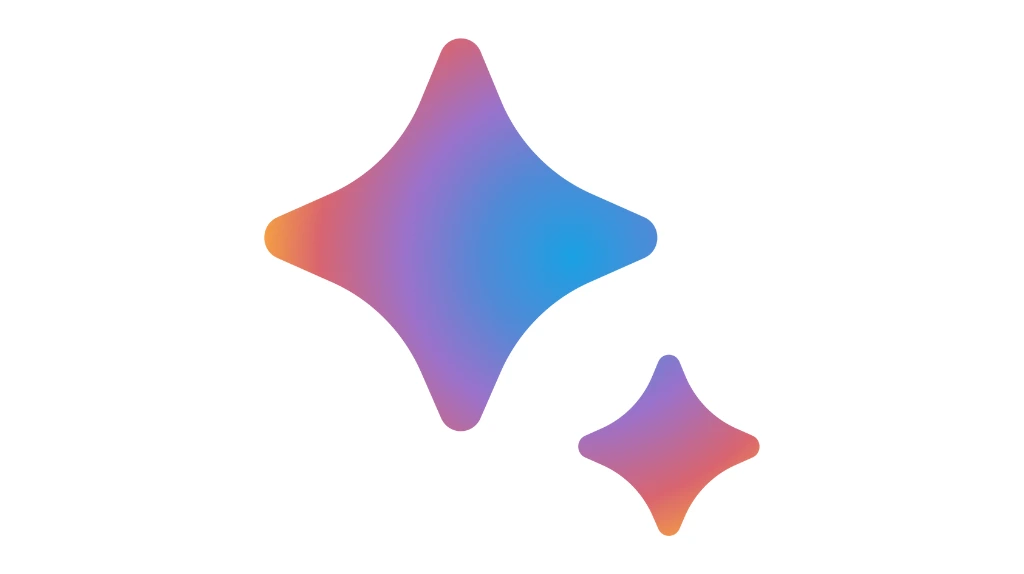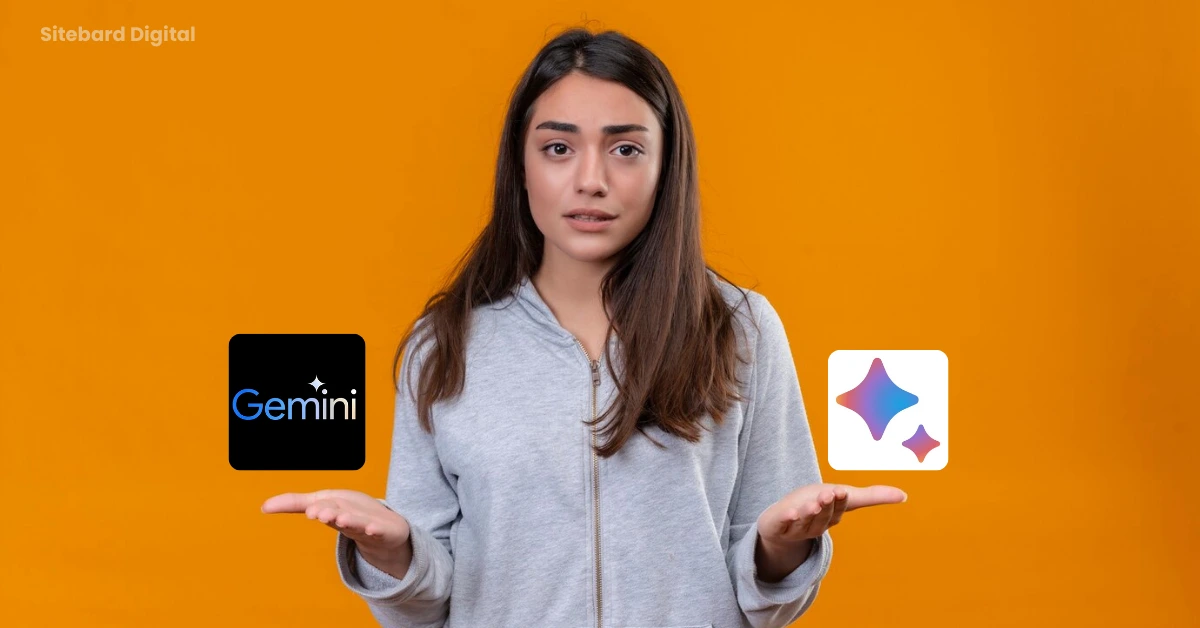In the ever-evolving landscape of artificial intelligence, two powerful platforms have emerged as formidable contenders: Gemini AI and Google BARD. These AI-driven technologies are making waves in various industries, from marketing to content creation. In this comprehensive comparison, we’ll delve into the key features of Gemini AI and BARD, and their capabilities, and help you determine which one suits your needs best.
Table of Contents
ToggleWhat is Gemini AI?

Gemini AI is a cutting-edge artificial intelligence platform designed to assist businesses and individuals in content creation, marketing, and more. Its advanced algorithms are trained to generate high-quality text, providing users with an invaluable tool for various applications.
Features of Gemini AI:
- Content Generation: Gemini AI excels in generating SEO-friendly blog posts, product descriptions, social media content, and more. It can help users save time and effort in content creation.
- Customization: Users can tailor the AI’s output to match their brand voice and style, ensuring consistency in messaging.
- Multi-Lingual Support: Gemini AI supports multiple languages, making it accessible to a global audience.
- Keyword Optimization: It offers keyword suggestions and optimization to improve search engine rankings.
What is Google BARD?

Google BARD, short for “Bidirectional Encoder Representations from Transformers for Data-to-Text Generation,” is Google’s AI model designed to generate natural language text from structured data. It’s a versatile tool with significant potential in data-driven industries.
Features of Google BARD:
- Data-Driven Content: BARD specializes in generating text from structured data, making it ideal for creating reports, summaries, and data-heavy content.
- Large-Scale Training: It’s trained on extensive datasets, enabling it to generate coherent and contextually relevant content.
- Data Integration: BARD can integrate with various data sources, allowing seamless data-to-text transformation.
- Advanced Language Understanding: It comprehends the context of data and generates human-like text.
Gemini AI vs. Bard:
Now, let’s compare these two AI powerhouses:
- Content Type: Gemini AI is well-suited for general content creation, including blog posts and social media updates. On the other hand, Google BARD shines when converting structured data into text, making it a valuable asset for data-driven businesses.
- Customization: Gemini AI offers more extensive customization options, allowing users to fine-tune the content to match their brand’s voice. BARD is more focused on data-to-text generation and may not provide as much customization flexibility.
- Language Support: Gemini AI’s multi-lingual capabilities make it a versatile choice for global audiences. BARD’s primary focus is on English language generation.
- SEO: Both platforms can assist with SEO by suggesting keywords and optimizing content. However, Gemini AI’s broader applications may offer more versatility in SEO optimization.
Frequently Asked Questions:
Can Gemini AI and BARD be used together?
Yes, some users combine both platforms for specific content needs, leveraging Gemini AI’s customization and BARD’s data-driven capabilities.
Are there any industry-specific advantages to either platform?
Gemini AI is more versatile across various industries, while BARD is particularly advantageous in data-driven sectors like finance and research.
Conclusion
Choosing between Gemini AI and Google BARD depends on your specific needs and objectives. If you require a tool for general content creation, brand customization, and multi-lingual support, Gemini AI may be your best choice. On the other hand, if your focus is primarily on data-driven content generation and you work predominantly in English, Google BARD offers a powerful solution.
Ultimately, the decision comes down to your specific requirements and goals. Both platforms have their unique strengths and can significantly enhance your content creation processes. Evaluate your needs carefully, and you’ll be better equipped to decide which AI tool aligns best with your objectives.




